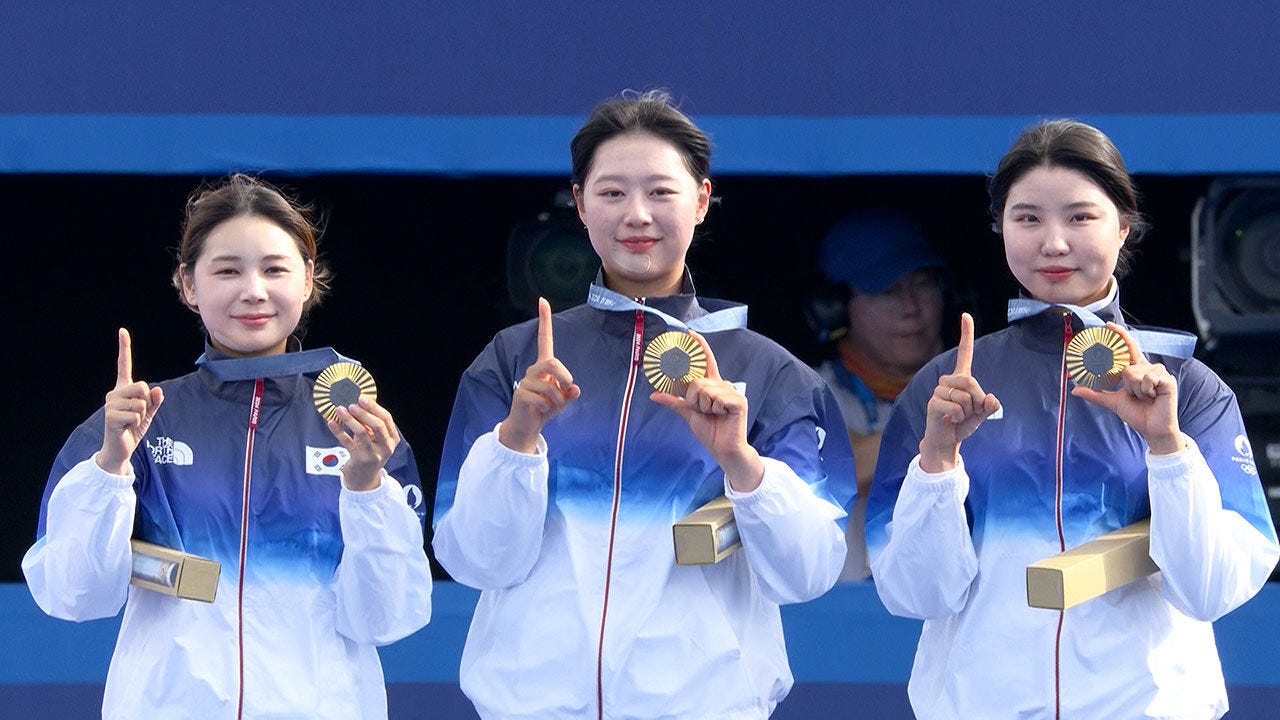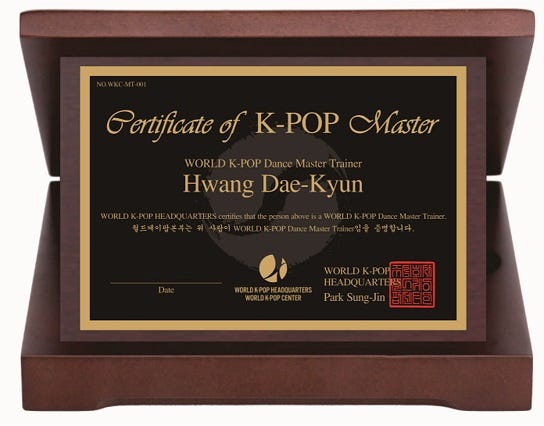[K-pop Kritic] K-pop Education on the Rise: The Case of World K-pop Center (Pt. 1)
Bonjour! We are now in the midst of the 2024 Paris Olympics, which kicked off just this last Friday. I hope you are all enjoying the festivities, rooting for your favorite sports teams and athletes. But as I was watching women’ team archery (where South Korea managed to claim gold for 10 consecutive Olympics), I started thinking that there is a lot to be said about the structural similarities between elite sports and K-pop.
Elite Sports and K-pop
Many scholars of K-pop have talked about K-pop’s similarity to elite sports or ballet, because individuals are exposed to intense training, high professional expectations, and the notion of self-discipline from a young age. Few succeed and the opportunity costs are high. Many experience physical and mental issues, and the life span of each “player” is short. The similarity in terms of the trajectories of the players seem pretty obvious. But what about the system that support and nurture the players?
In the case of Korea’s archery, the role of the Korea Archery Association—funded by the Hyundai Motor Group since 1985—has been acknowledged as central to South Korea’s strength in archery. In the case of K-pop, few would disagree that K-pop’s “trainee system,” which can be thought of as a type of elite sports approach to popular music, is one of the factors that contributed to K-pop’s exponential growth in the past three decades. Moreover, because of the high level of performance required for K-pop idols, there is indeed a sports-like element to performing K-pop. If you’ve been to a K-pop concert, you probably noticed how out-of-breath the idols sound after four or five songs. The occasional images of idols using oxygen masks backstage also tells us how physically demanding performing K-pop is (below is the teaser of Seventeen’s documentary series Hit The Road where members are shown wearing oxygen masks backstage at their concert).
Yet, while the trainees and the system of trainee development (usually referred to as shinin-gaebal) have received much media attention, there is much less known about the “trainers” and their stories. This month, Duck Herald will be releasing a series of episodes that looks at a new phenomenon that we think will redefine the world of K-pop: the rise of K-pop education. As a starting point, this two-part episode will focus on one institution that is emerging as a player in this phenomenon: World K-pop Center (hereafter WKC).
World K-pop Center: A New Player in the Field?
World K-pop Center, now based in the Namsan area near the National Theater of Korea, is an institution that engages in a range of activities ranging from cultivating professional K-pop trainers to hosting global K-pop auditions.
When I interviewed a staff member at World K-pop Center, he emphasized that for K-pop to not end as a fad but continue as an institutionalized, truly “global” music, we must invest in education and infrastructure. It was obvious that WKC’s vision for K-pop was inspired by the trajectory of Hangeul (Korea’s official writing system) and Taekwondo, which saw successful international dissemination through government support and establishment of infrastructure such as Sejong Hakdang and Taekwondo Promotion Association. Having landed government funding this year, WKC saw itself as a new player in the field that focuses on the “system” behind K-pop with a long-term vision. In fact, one of WKC’s key initiatives include credentialing dance and vocal trainers, and the staff member told me that they had plans to develop this into a nationally recognized certificate.
These kinds of efforts show that K-pop is now becoming increasingly institutionalized, with the reproduction of not just the idols but the workforce behind them becoming systematized. More importantly, the case of WKC shows how K-pop education can go global by utilizing the global infrastructure that Hangeul and Taekwondo have already built.
Naturally, the trajectory of WKC raise questions about what the global dissemination of K-pop education will look like. If we return to the case of Taekwondo, its acceptance as an official Olympic sport in 2000 accompanied the institutionalization of Taekwondo as a modern sport and its organization in a way amenable to the existing “rules” of the Olympics. Then we might ask, what are the “rules” of the music world that the K-pop industry have adhered (or not) to achieve its current breakthrough in the global pop scene? What new rules might the industry be creating for how to produce music today? Relatedly, it’s worth asking how and why the Billboard charts (and the creation of a separate K-pop category), international music awards, and world-renowned music festivals have served as the “Olympics” of music in the minds of many Koreans. Ever since BTS’ rise to global stardom, news of K-pop songs hitting No. 1 on Billboards has become increasingly common, but the notion of K-pop idols as representing Korea and K-pop on different international stages show that popular culture cannot be thought apart from issues of national identity, and in some cases, ethnocentrism. It’s time that we stop comparing K-pop to only J-pop, but think wider, as new insights will come from new comparisons.
In part two of the episode, I will be introducing WKC’s “Click the Star” project, which has just produced the first-ever all-Peruvian K-pop girl group, so stay tuned!







